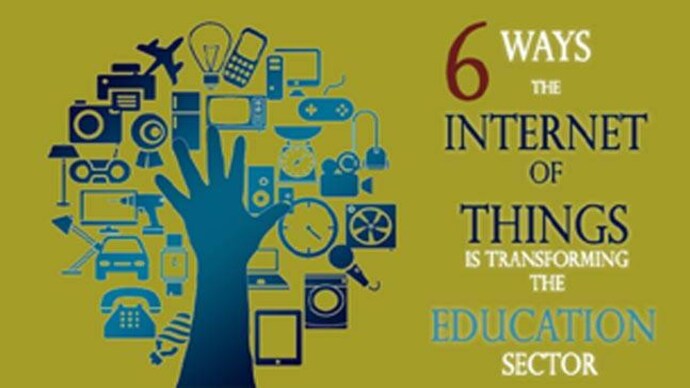How Internet Connectivity is Transforming Education
The advent of the internet has revolutionized numerous sectors, and education is no exception. From elementary schools to universities, the internet has transformed how students learn, how teachers teach, and how educational content is delivered and accessed. Here’s a closer look at how reliable internet connectivity is reshaping education:
Access to Vast Resources
Internet connectivity provides students and teachers with access to a wealth of information and resources. Online libraries, educational websites, and academic journals are available at the click of a button. This vast pool of resources allows students to deepen their understanding of subjects and engage in self-directed learning. Teachers can enhance their lessons with up-to-date information and multimedia resources.
Online Learning Platforms
The rise of online learning platforms like Coursera, Khan Academy, and edX has made education more accessible than ever. These platforms offer courses from top universities and institutions around the world, covering a wide range of subjects. Students can learn at their own pace, fitting education into their schedules. This flexibility is particularly beneficial for working professionals and those who cannot attend traditional classes.
Virtual Classrooms
Virtual classrooms have become a norm, especially after the COVID-19 pandemic. Tools like Zoom, Microsoft Teams, and Google Classroom allow teachers to conduct live classes, share materials, and interact with students in real-time. Virtual classrooms break down geographical barriers, enabling students from different parts of the world to learn together. This global interaction enriches the learning experience and promotes cultural exchange.
Interactive Learning Tools
The internet has brought about innovative tools that make learning more interactive and engaging. Educational apps, interactive simulations, and online quizzes provide hands-on learning experiences. Tools like virtual labs allow science students to conduct experiments online, while language apps like Duolingo make language learning fun and accessible. These interactive tools cater to different learning styles and help reinforce concepts.
Collaboration and Communication
Internet connectivity facilitates collaboration and communication among students and teachers. Cloud-based tools like Google Docs and collaborative platforms like Slack enable students to work on group projects efficiently, even if they are miles apart. Teachers can provide real-time feedback and support, fostering a collaborative learning environment. Discussion forums and social media groups also allow students to share ideas and resources, enhancing peer learning.
Personalized Learning
With the help of the internet, education can be tailored to meet individual needs. Adaptive learning technologies use data and analytics to understand a student’s strengths and weaknesses, providing personalized recommendations and resources. This personalized approach helps students learn at their own pace and receive targeted support where needed. It also allows teachers to track progress and adjust their teaching strategies accordingly.
Remote Learning Opportunities
For students in remote or underserved areas, internet connectivity opens doors to quality education. Online courses and virtual classrooms bring educational opportunities to those who might otherwise be excluded due to geographical limitations. Initiatives like One Laptop per Child and various government programs aim to provide devices and internet access to these students, helping bridge the digital divide.
Professional Development for Teachers
Internet connectivity also benefits teachers by providing access to professional development resources. Online workshops, webinars, and courses help educators stay updated with the latest teaching methods and technologies. Teachers can connect with peers worldwide, share best practices, and collaborate on educational projects. Continuous professional development ensures that teachers can provide high-quality education to their students.
Conclusion
The transformation of education through internet connectivity is profound and far-reaching. It democratizes access to knowledge, fosters collaboration, and personalizes learning experiences. As technology continues to evolve, the potential for further innovation in education is immense. Ensuring reliable internet access for all students and educators is crucial to harnessing these opportunities and creating a more inclusive and effective educational system.






